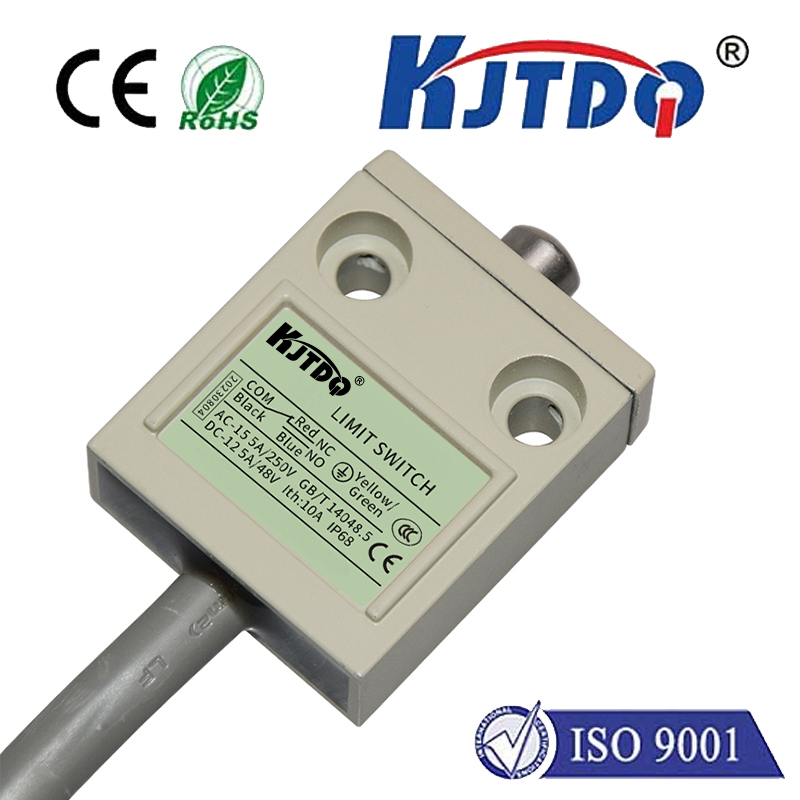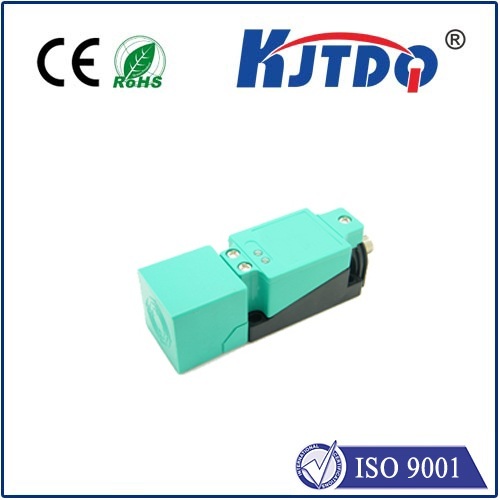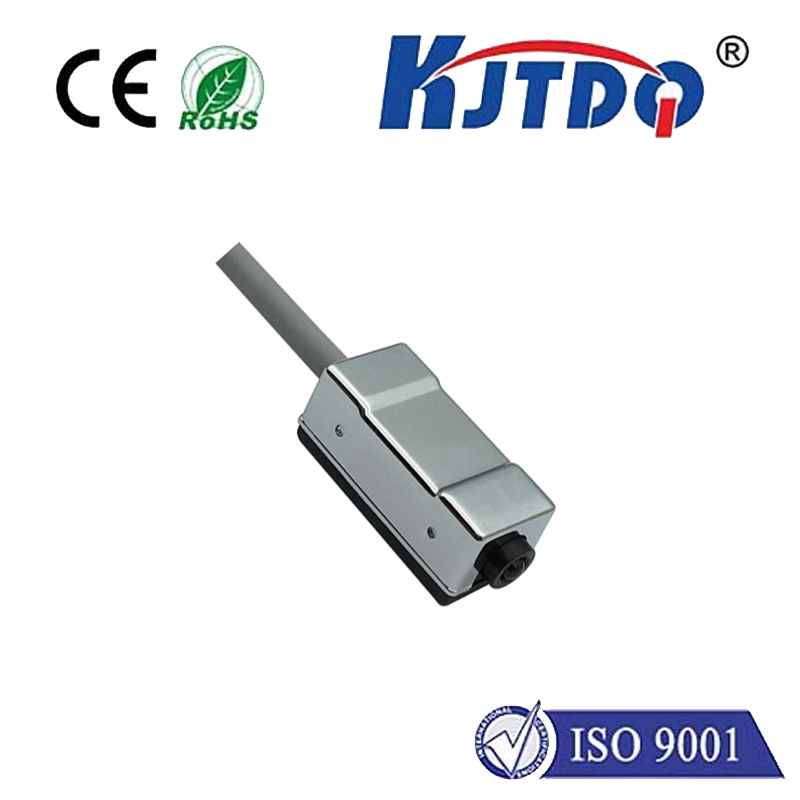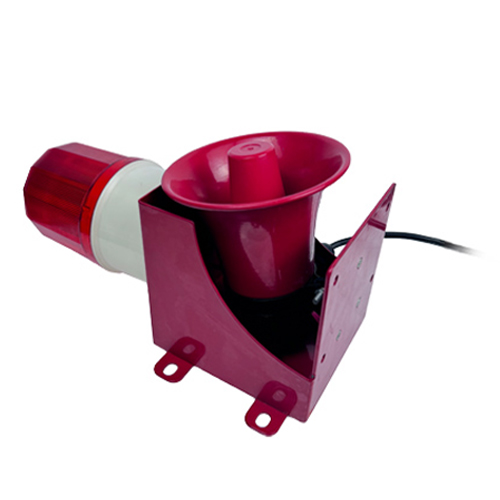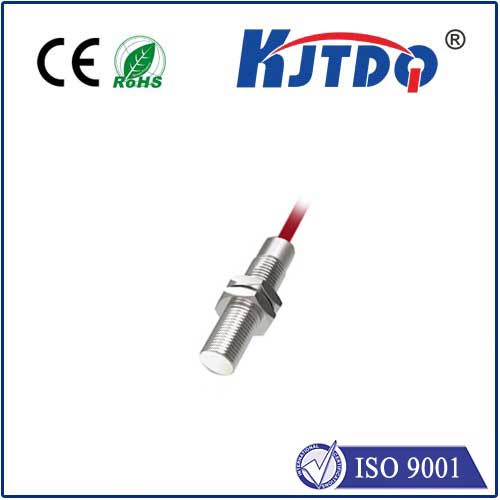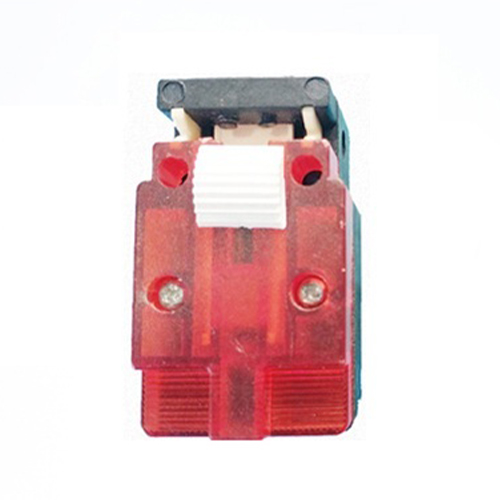

check

check

check

check

check

check

check

check

check

check

Title: “Understanding and Leveraging the 12mm Proximity Sensor for Advanced Applications” Introduction: In the rapidly evolving landscape of technology, sensors play a crucial role in bridging the digital world with physical phenomena. Among these, the 12mm proximity sensor stands out as a versatile tool, widely acclaimed for its precision and adaptability. This article delves into the specifics of the 12mm proximity sensor, exploring its functionality, benefits, and potential applications across various industries. What is a 12mm Proximity Sensor? A 12mm proximity sensor is an electronic device designed to detect the presence or absence of objects without physical contact. Measuring 12mm in size, this compact sensor emits an electromagnetic field or beam (infrared, laser, etc.), which when disrupted by an object within its range, triggers a response. The most common types are inductive, capacitive, and photoelectric proximity sensors, each suitable for different environmental conditions and materials. Functionality and Working Principle: The functioning of a 12mm proximity sensor depends on its type. Inductive sensors generate an electromagnetic field that changes when a conductive material approaches, while capacitive sensors detect changes in an electrical field caused by any object, regardless of material. Photoelectric sensors, on the other hand, rely on light reflection or interruption. When the target object comes within the sensor’s specified range, it triggers an output signal—typically an electrical signal—indicating detection. Advantages of Using a 12mm Proximity Sensor:
